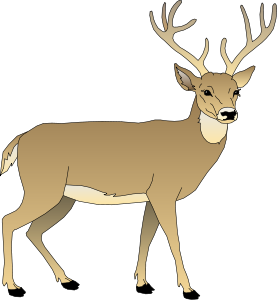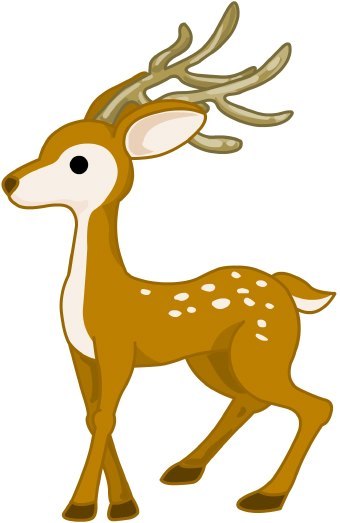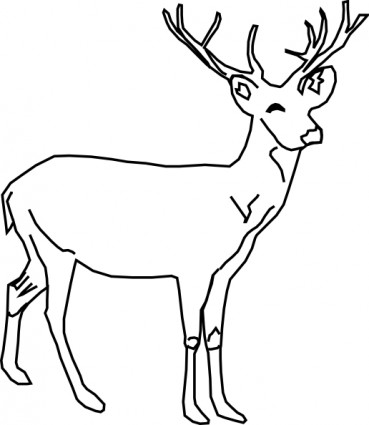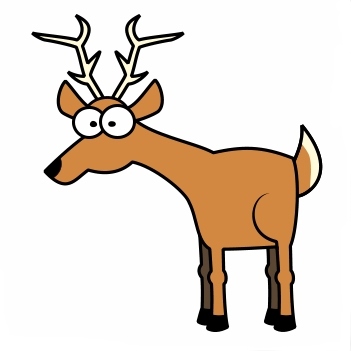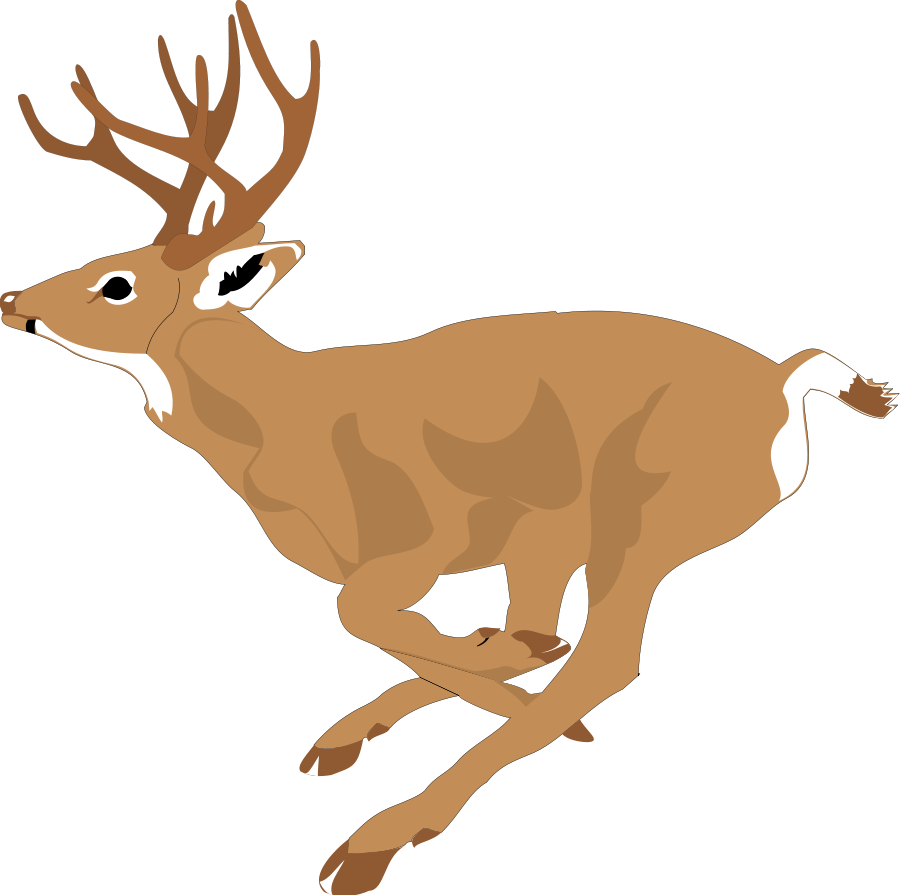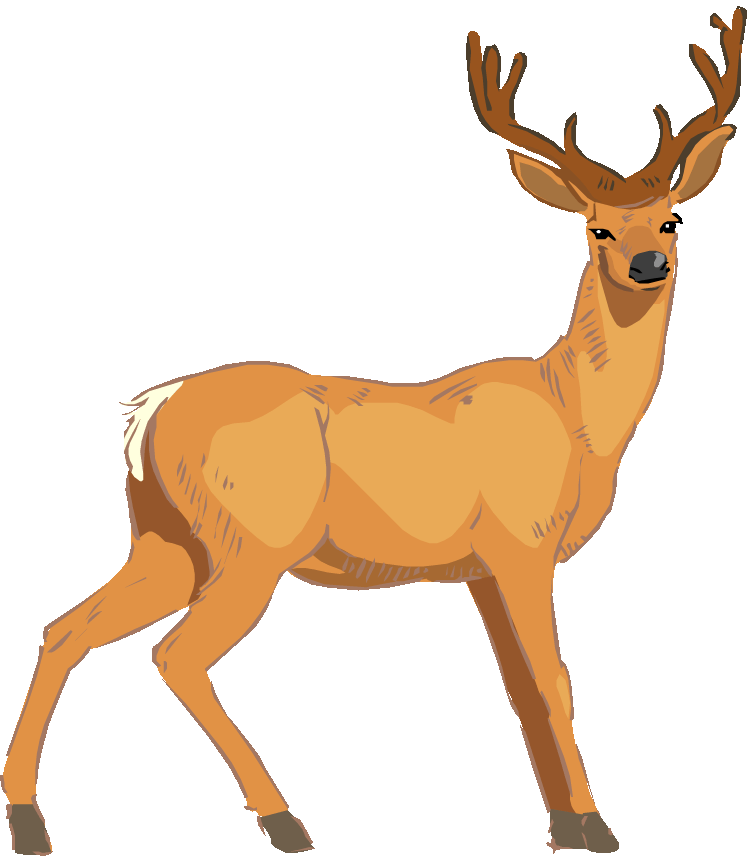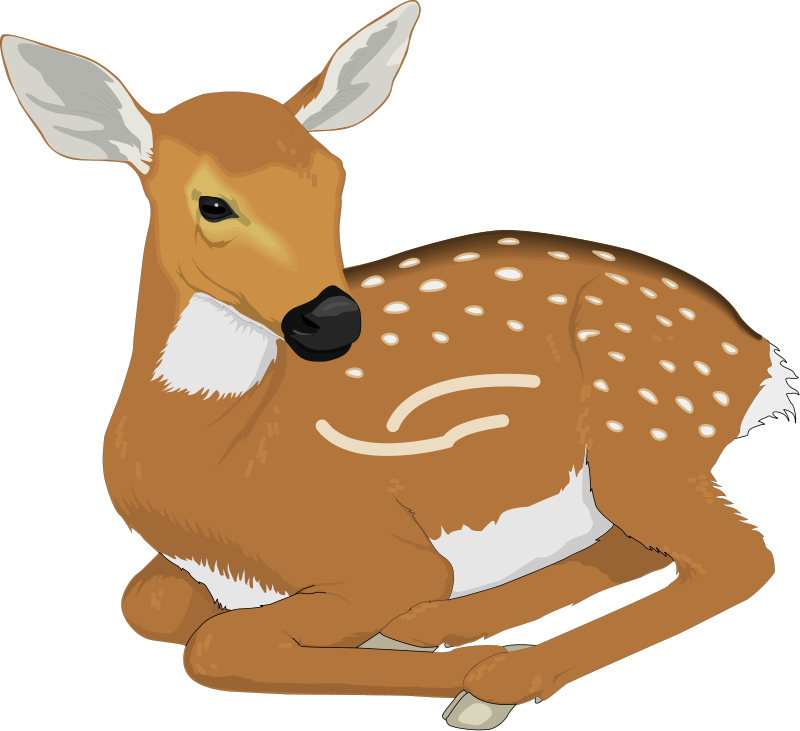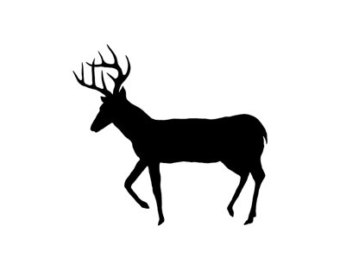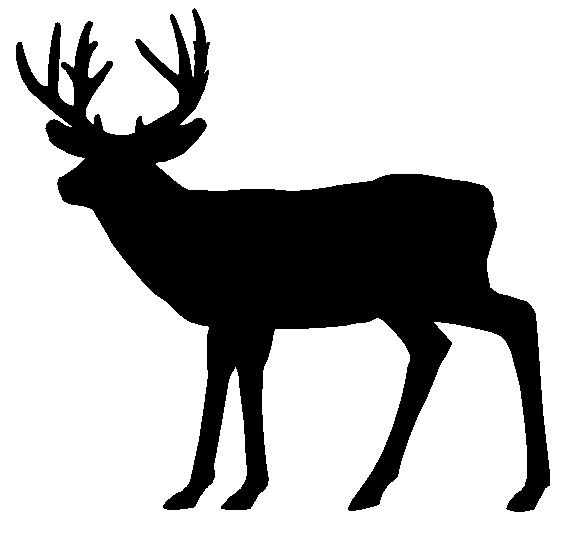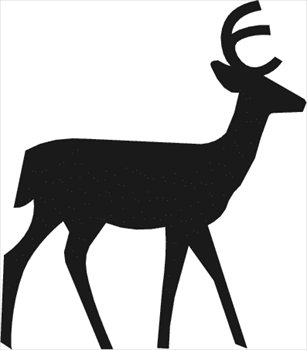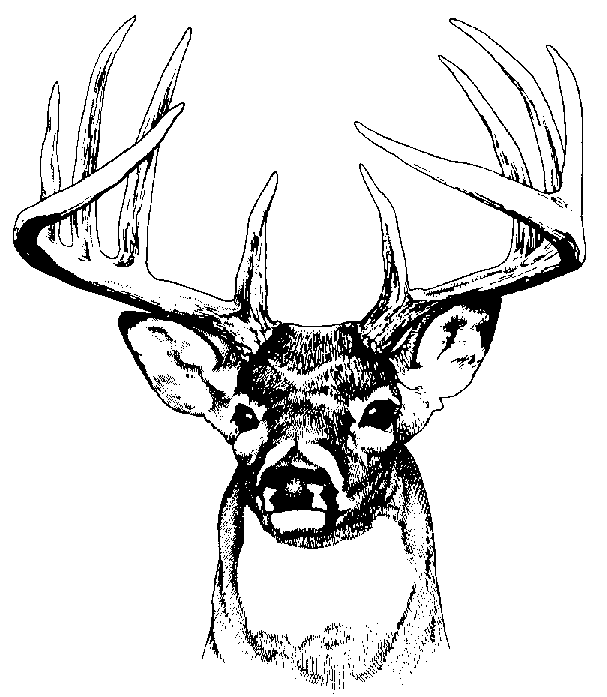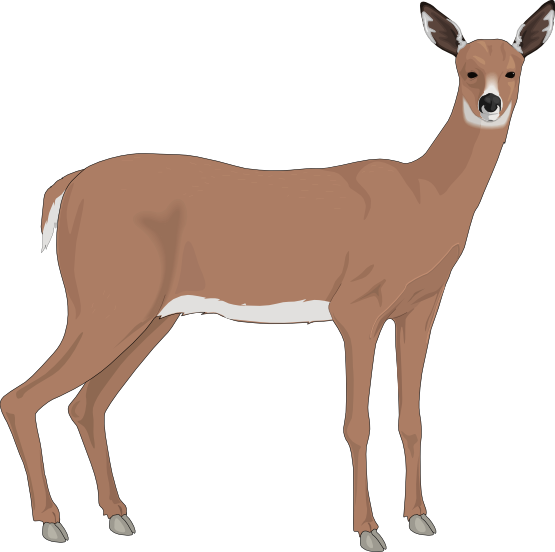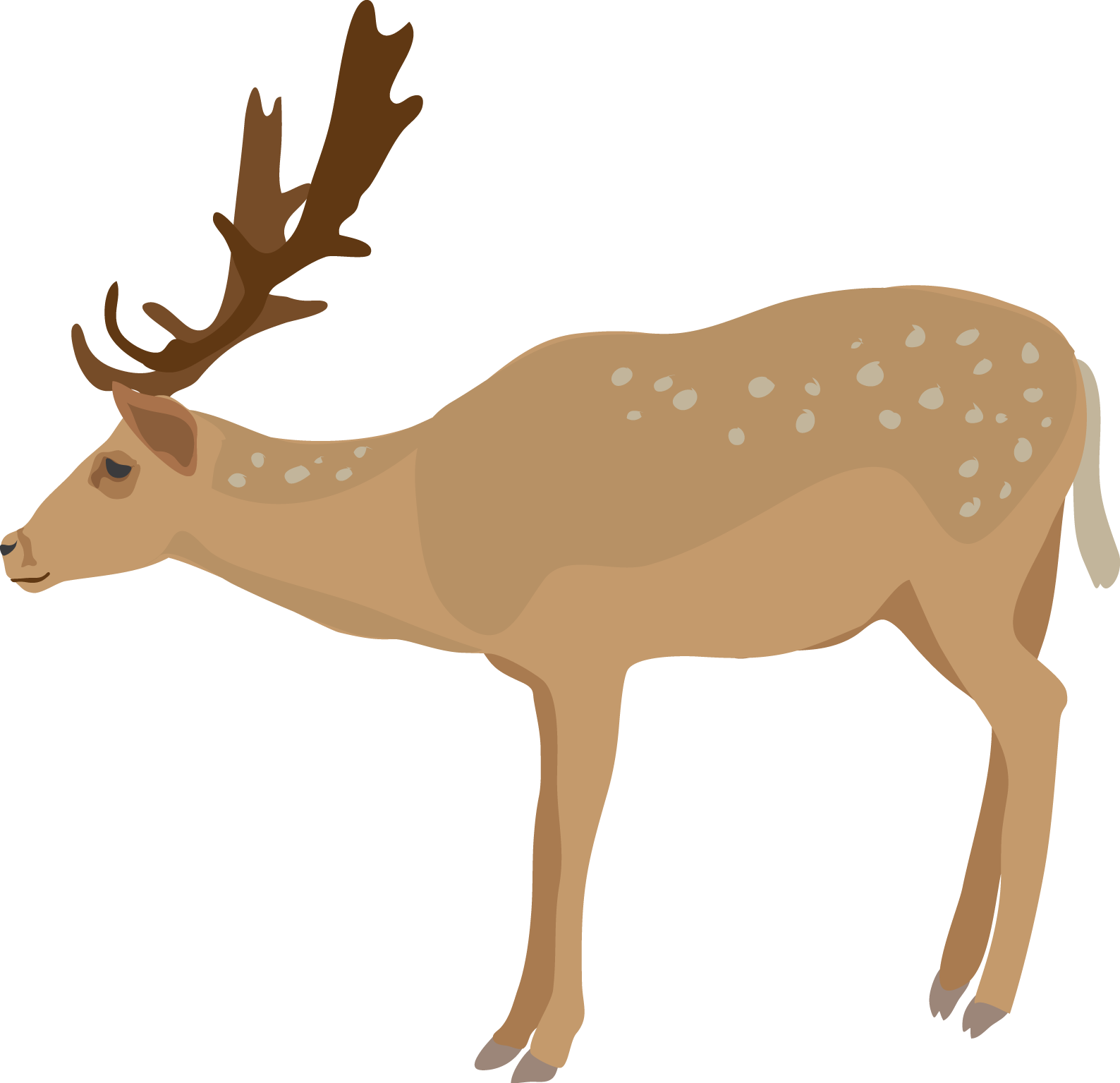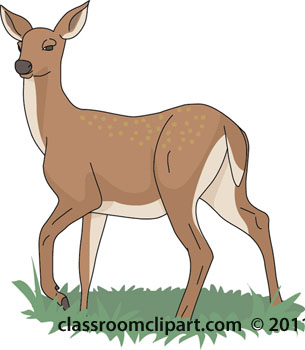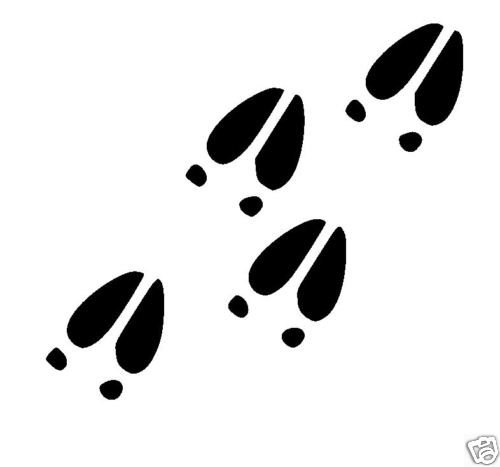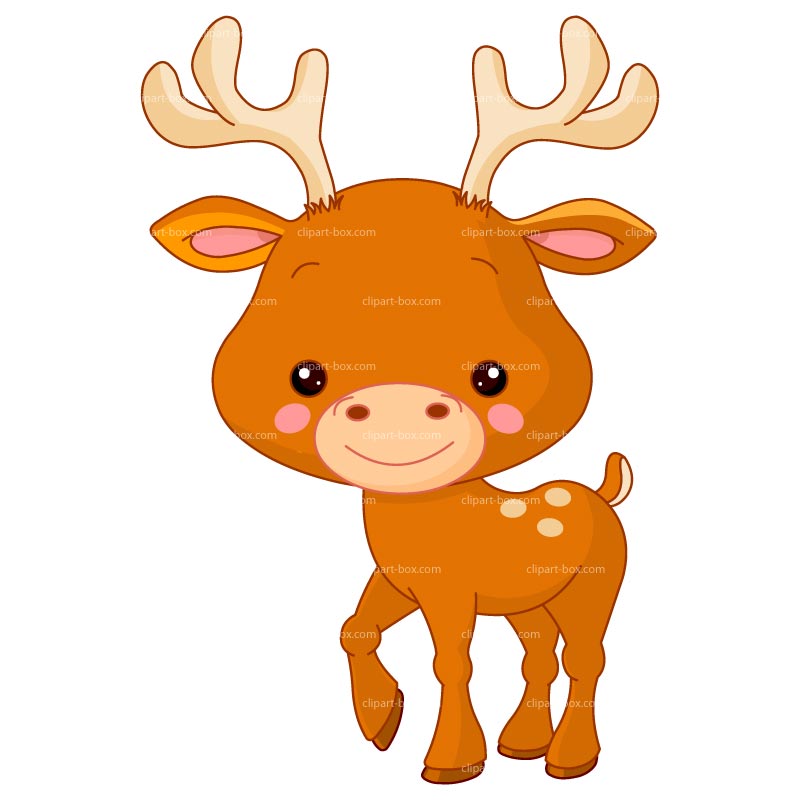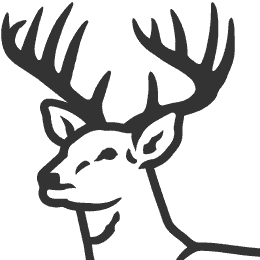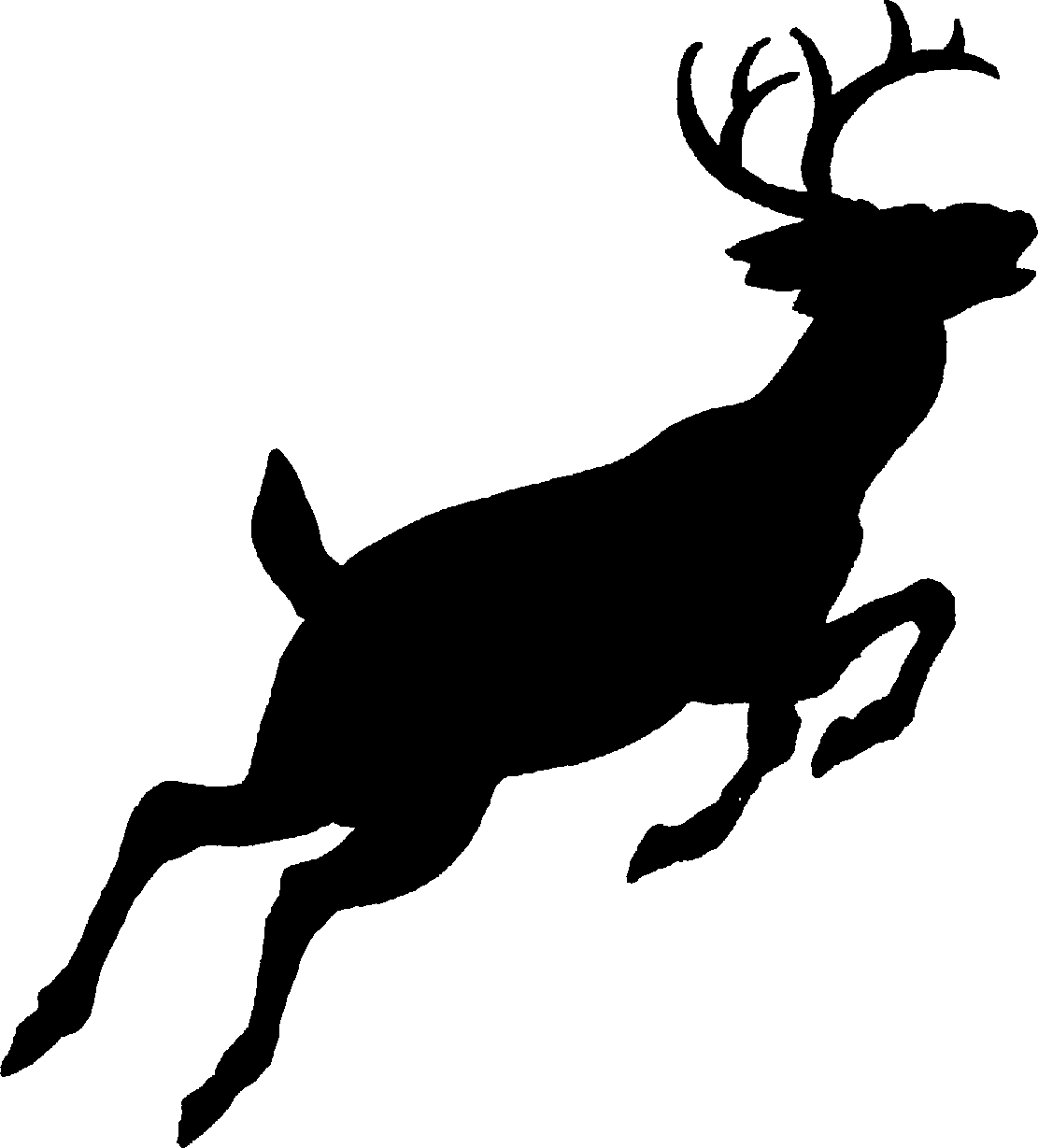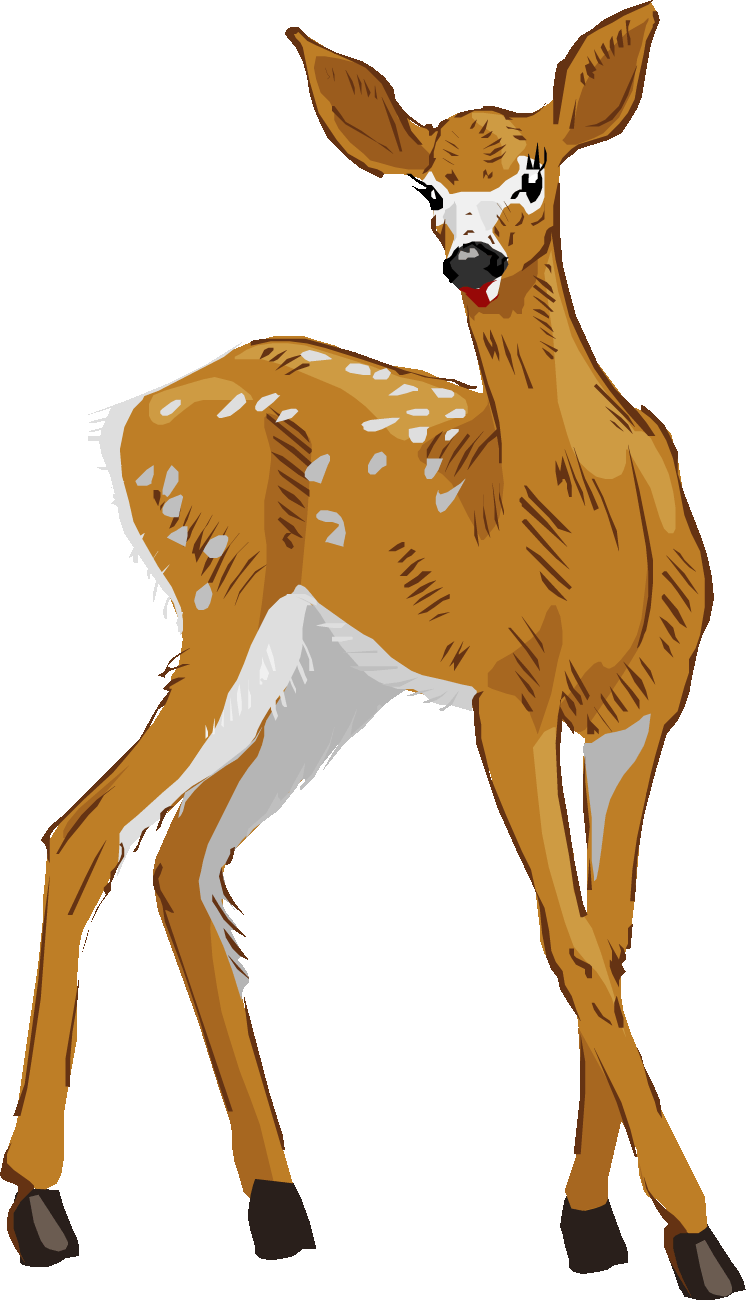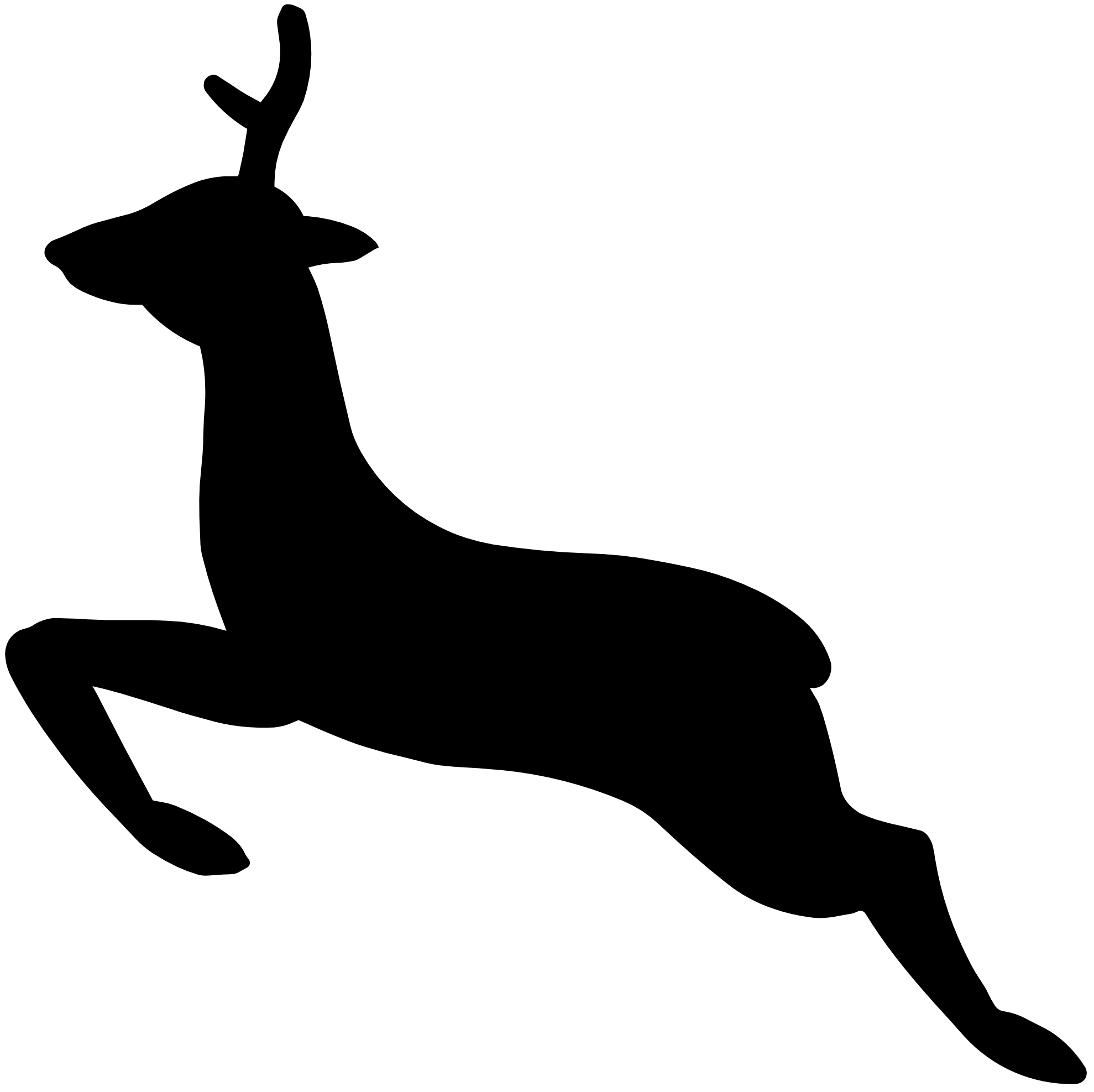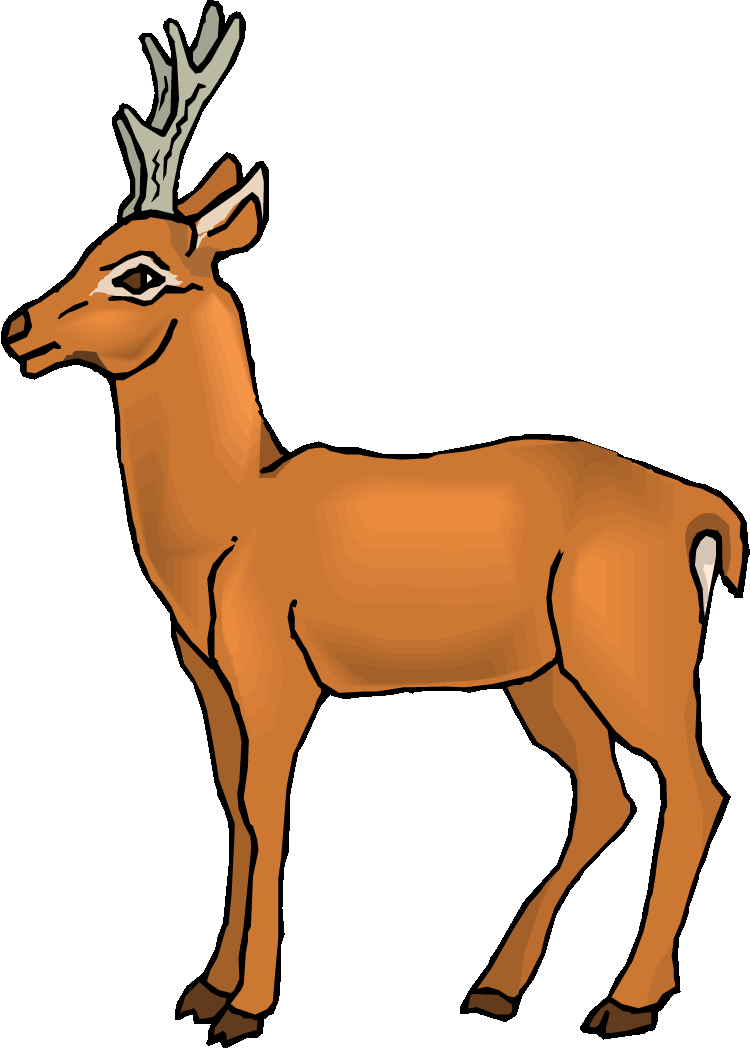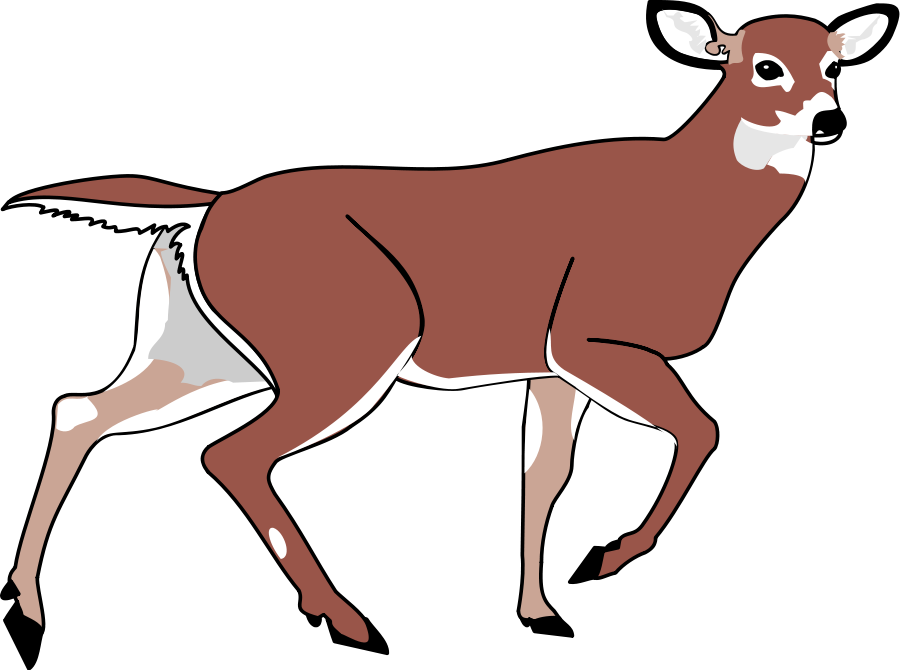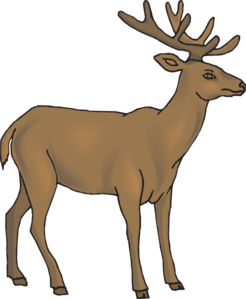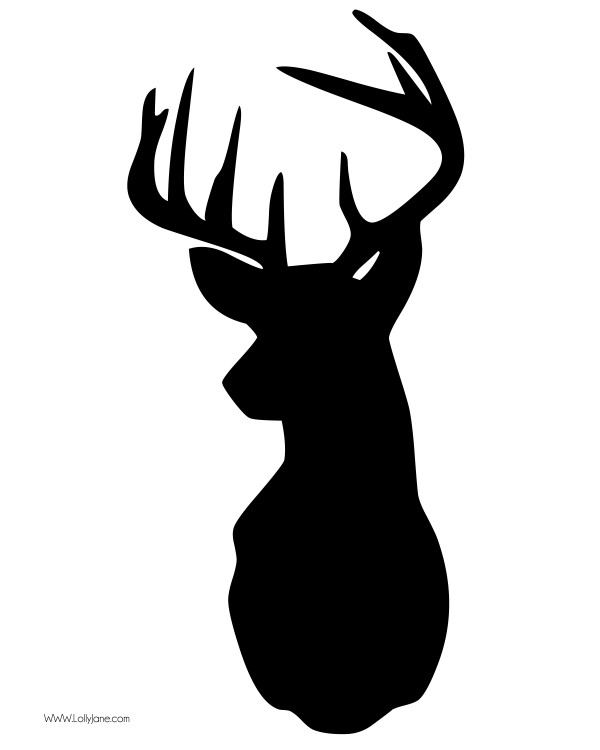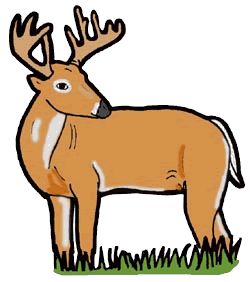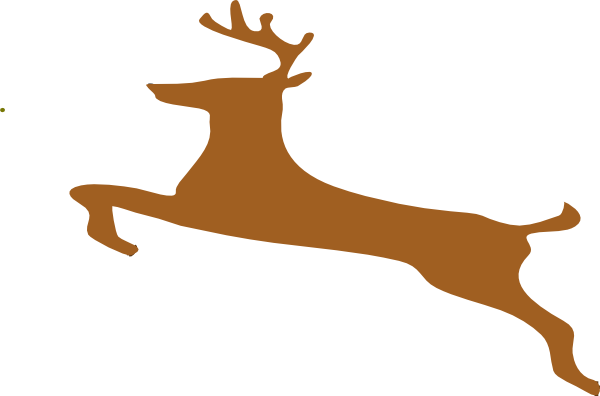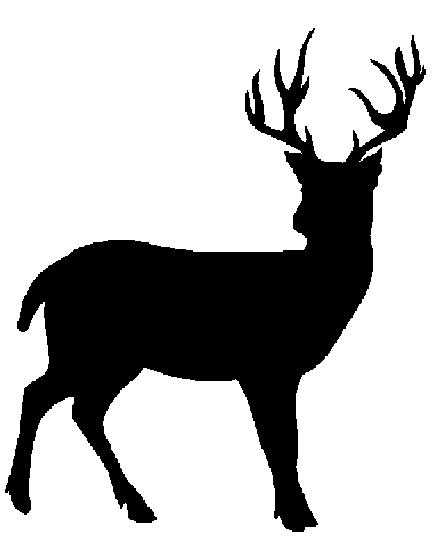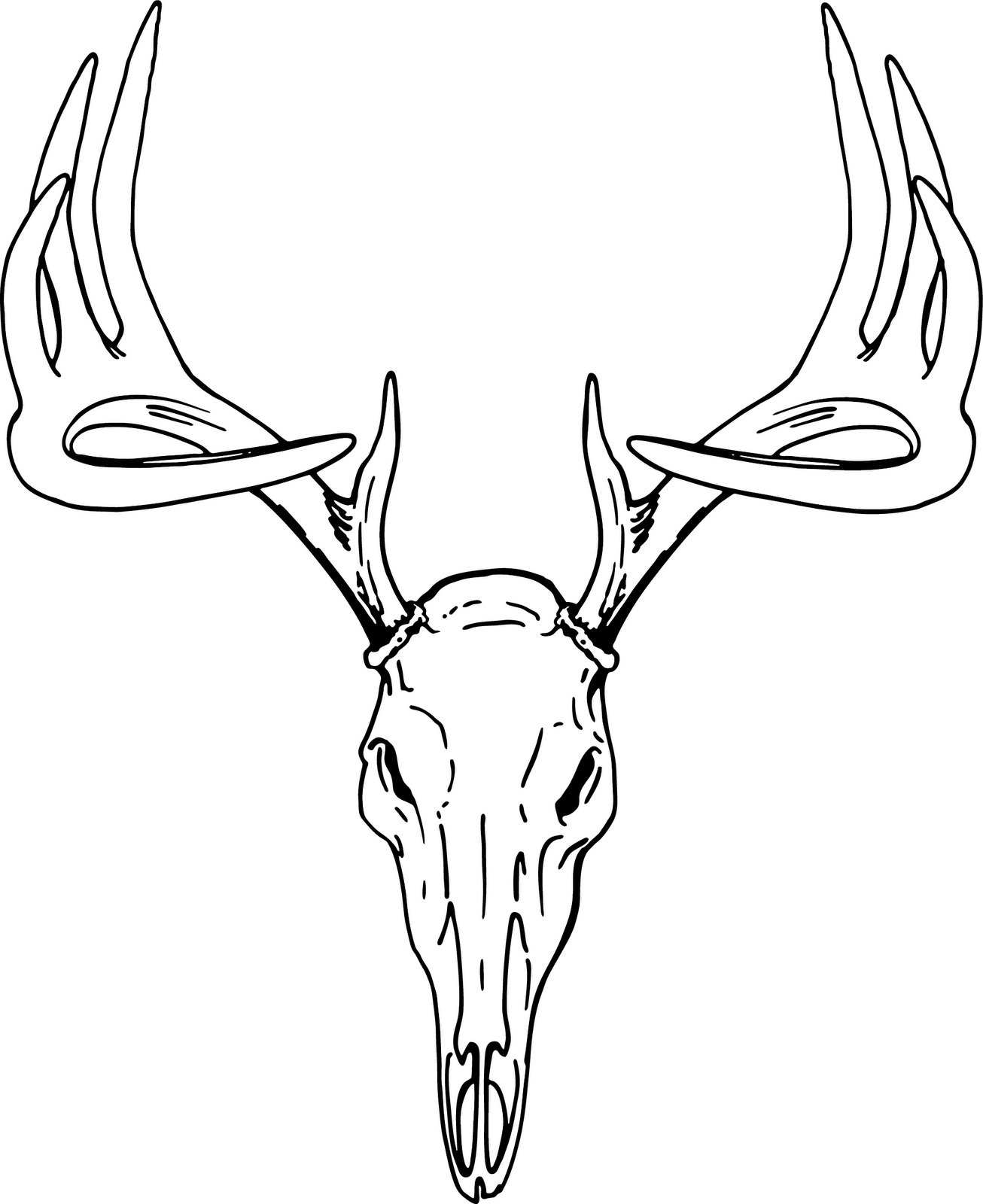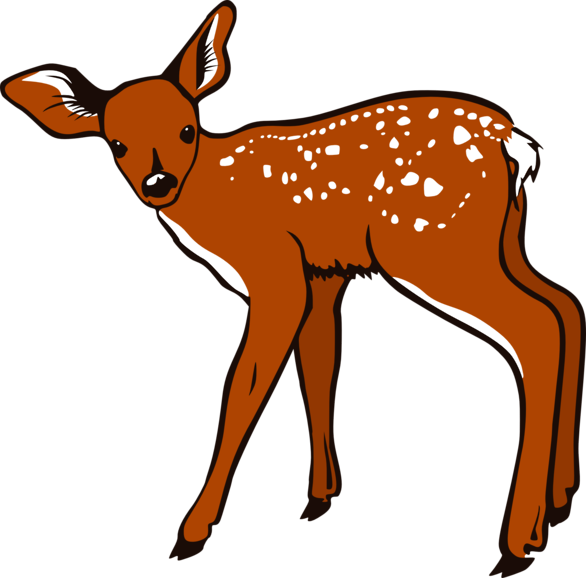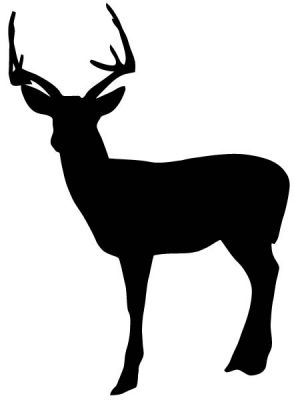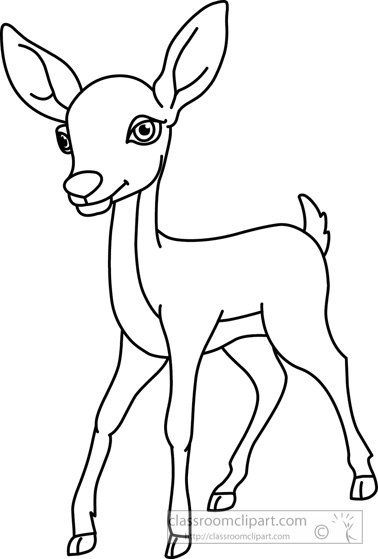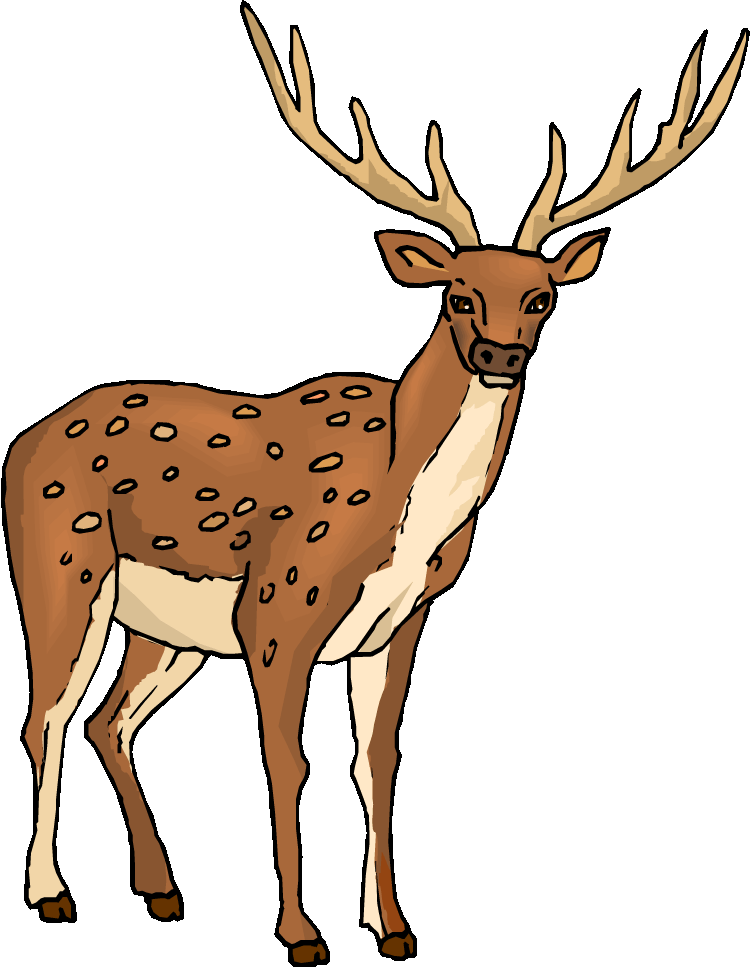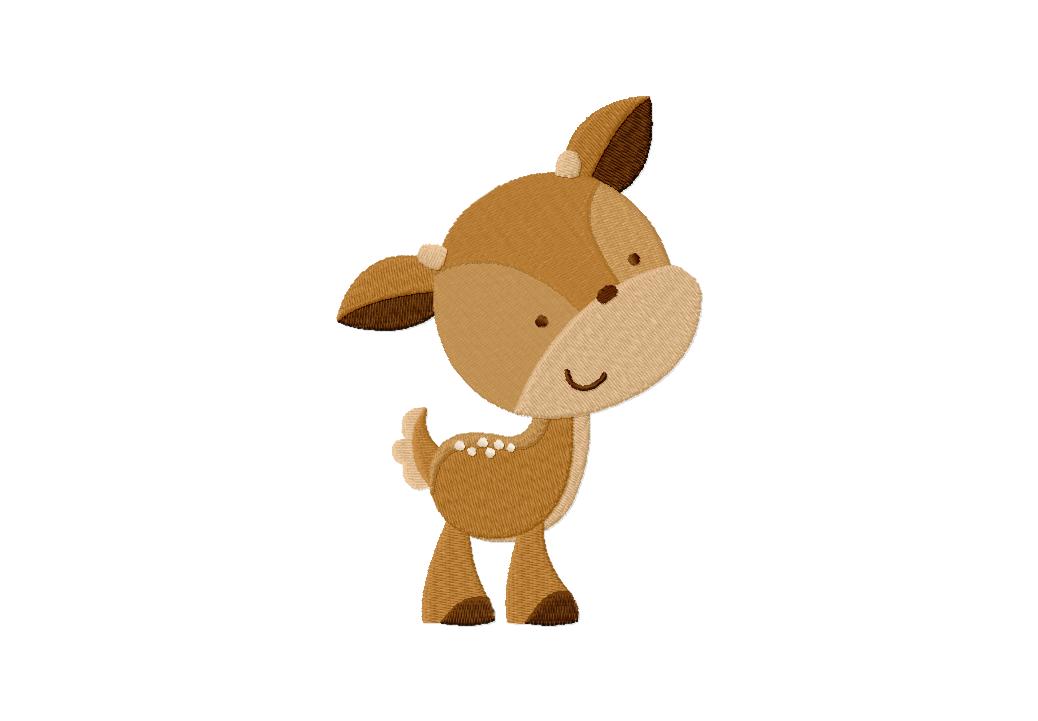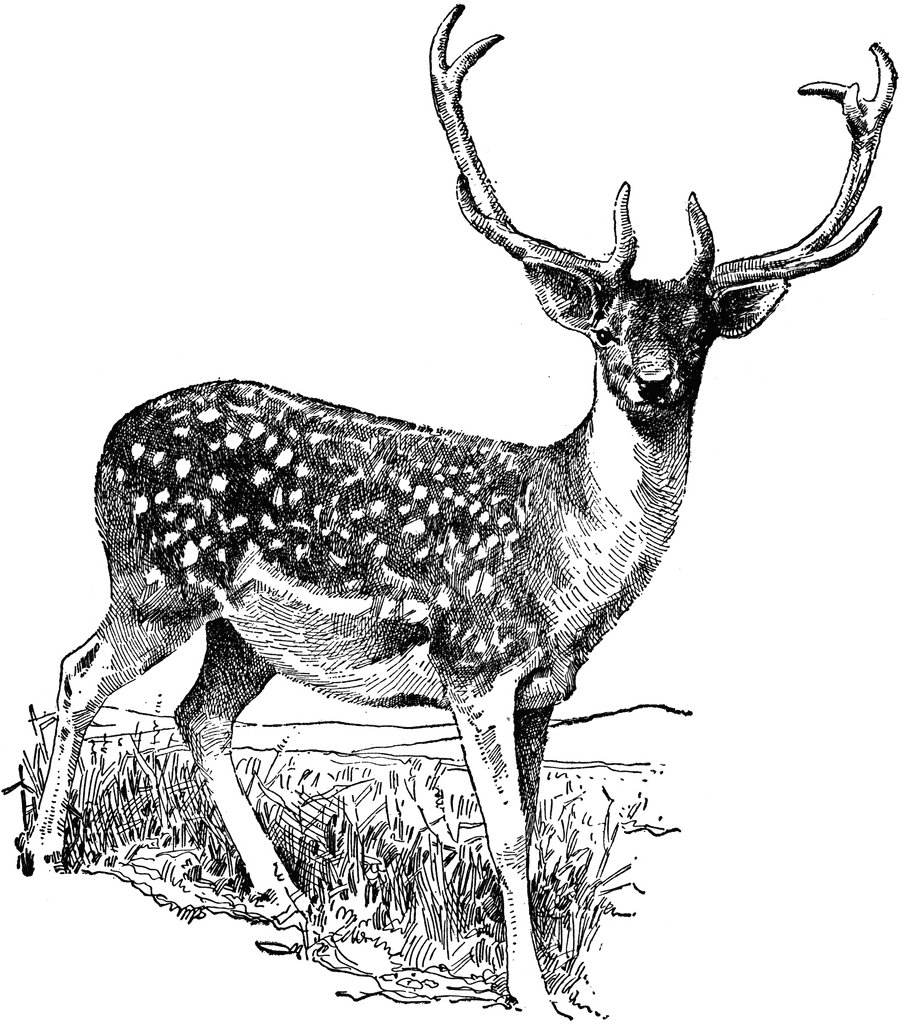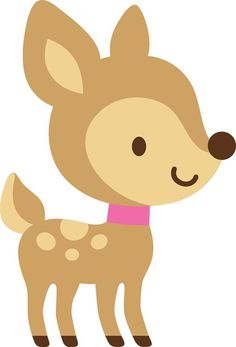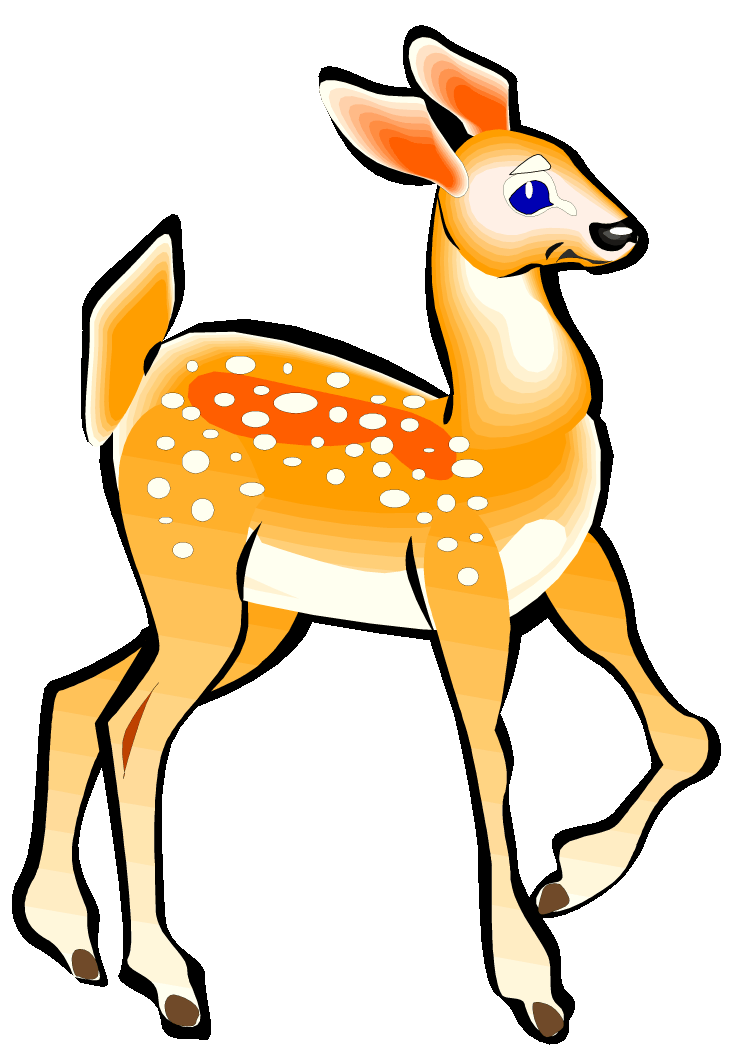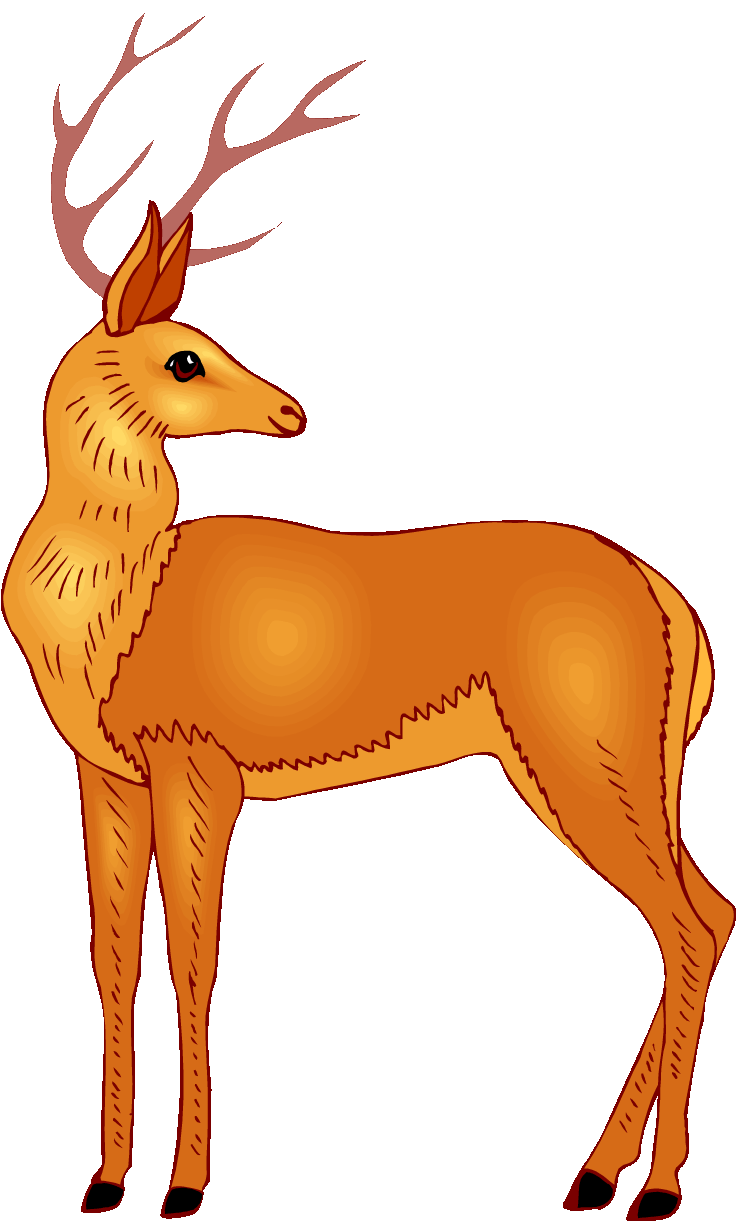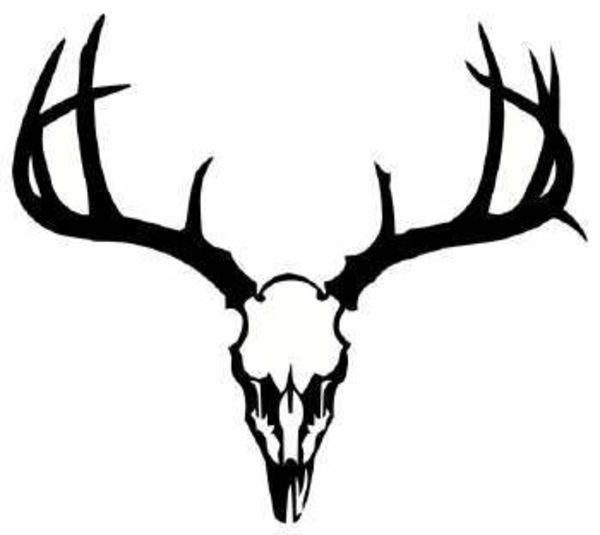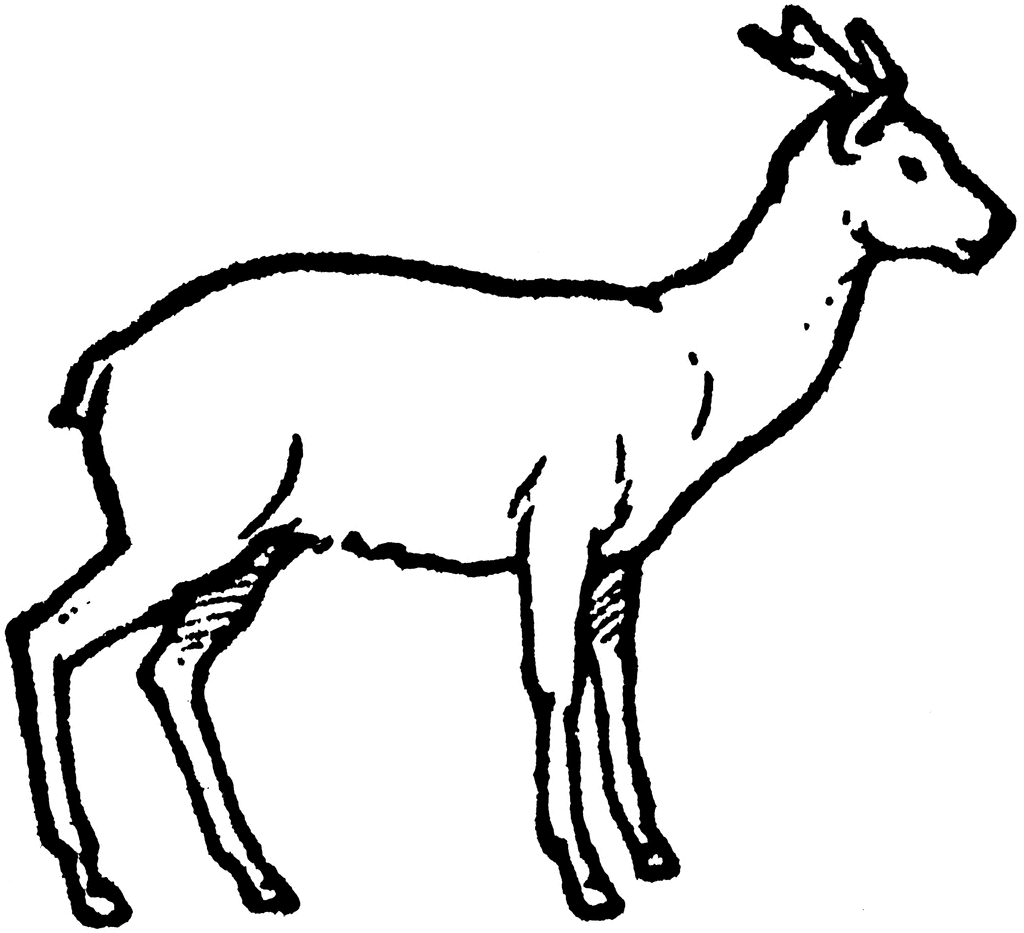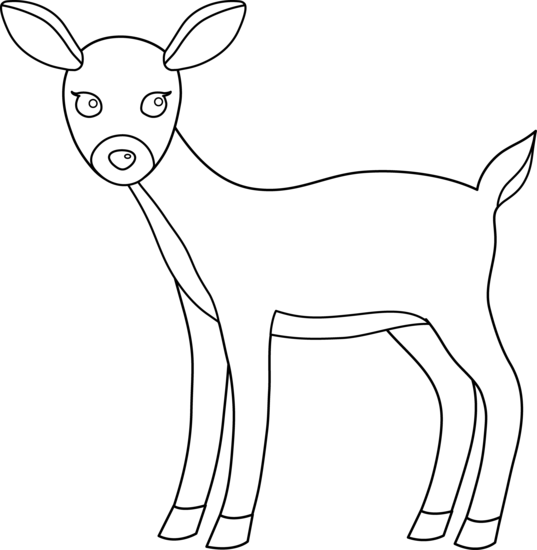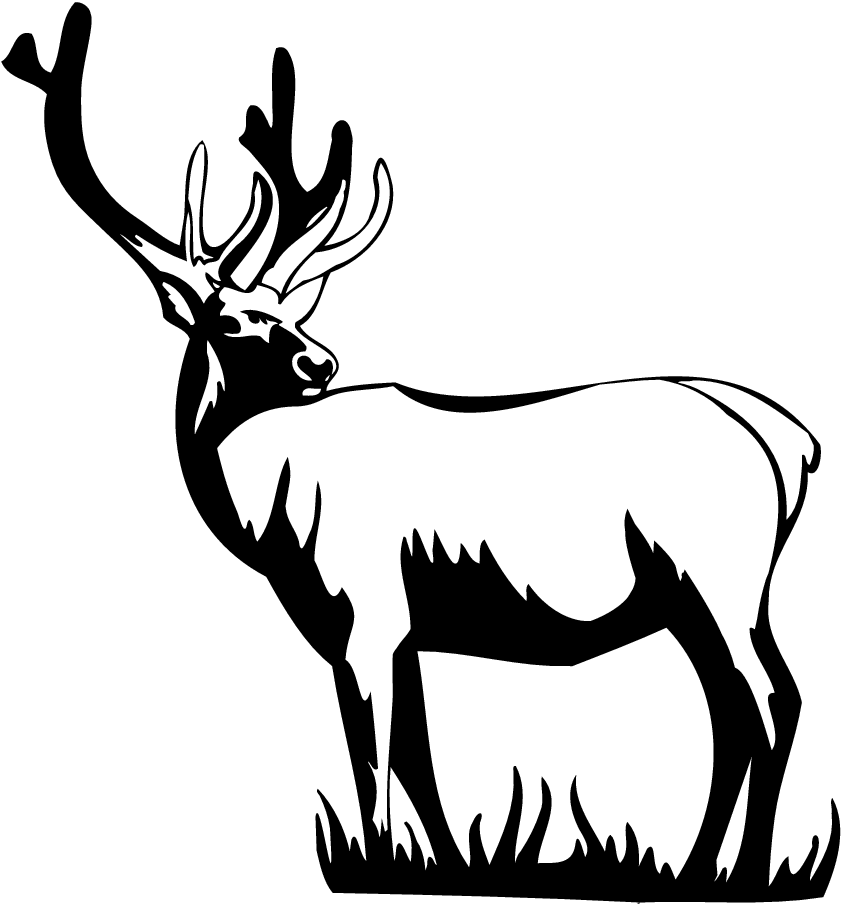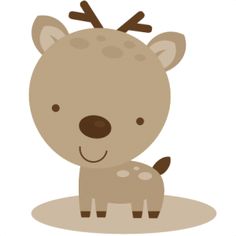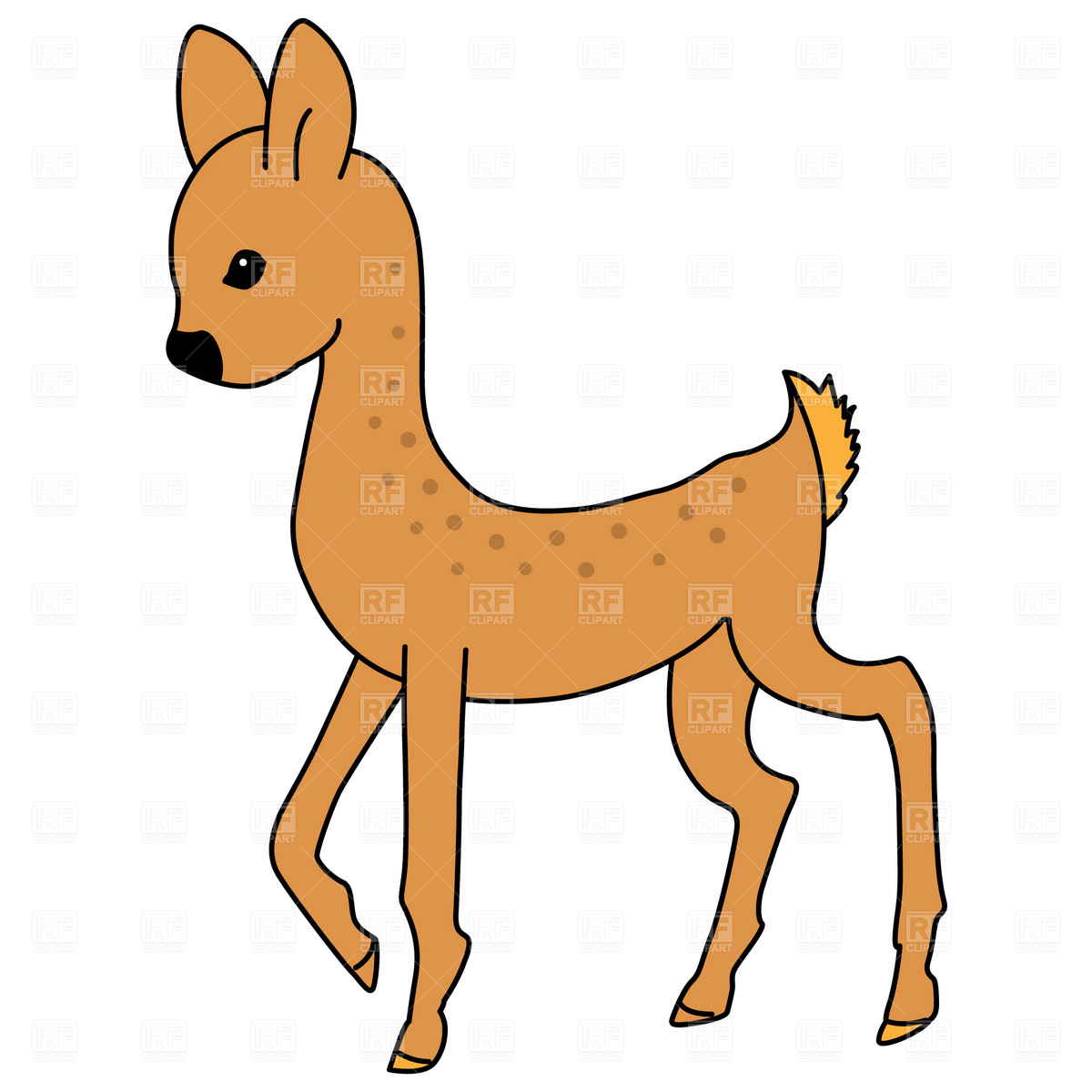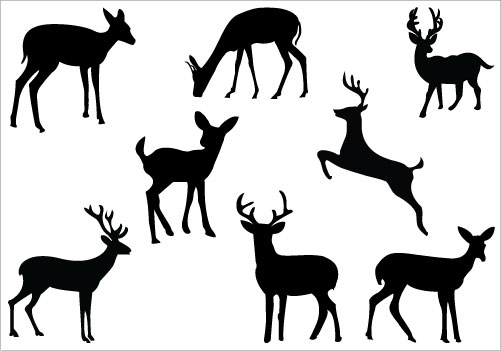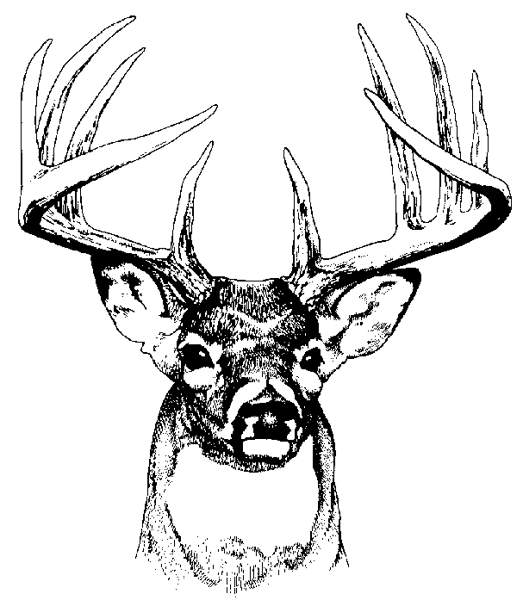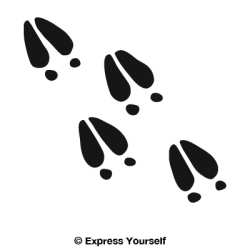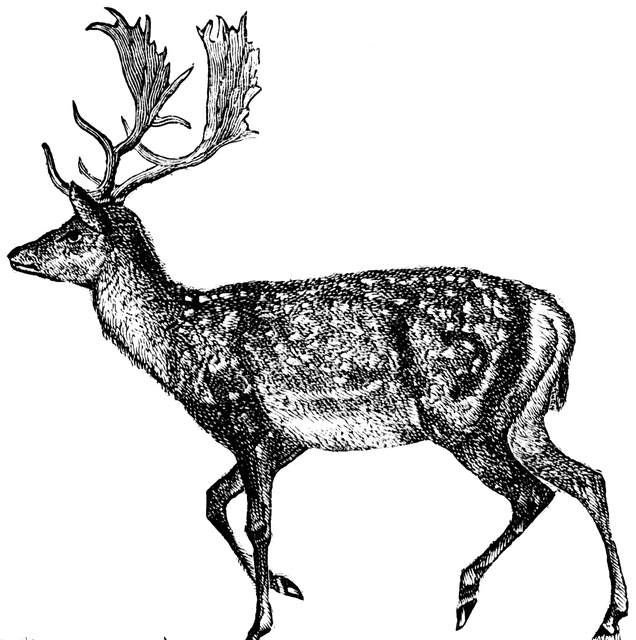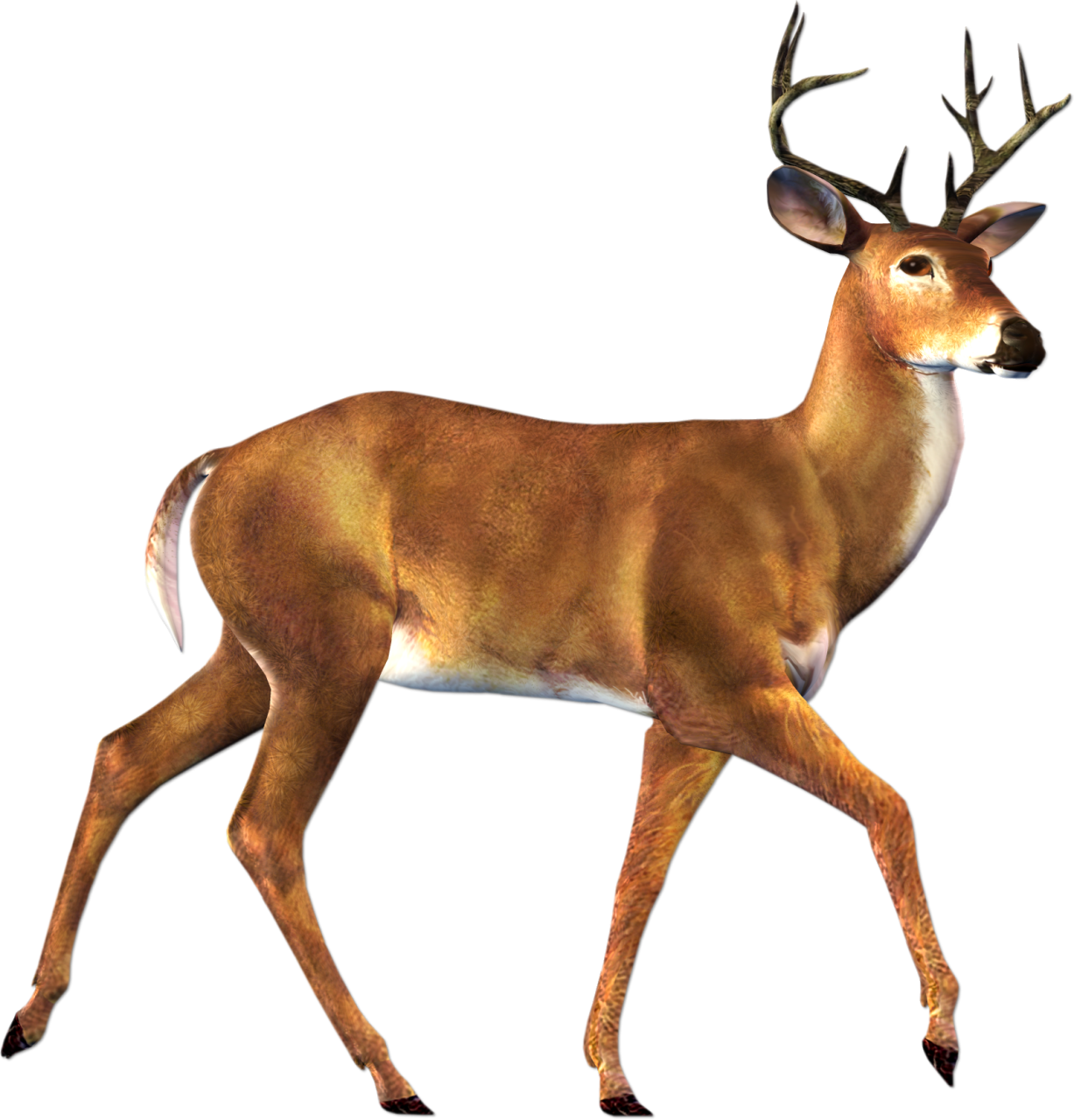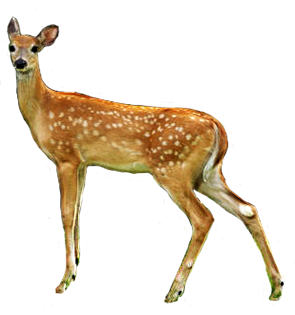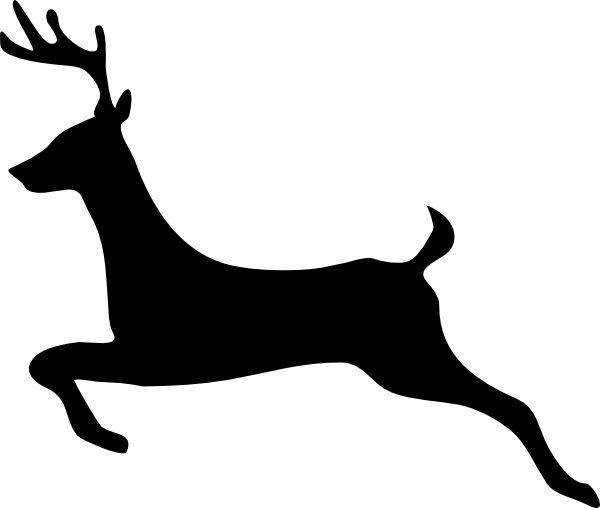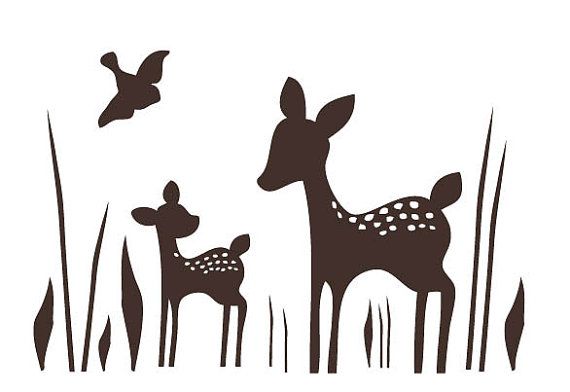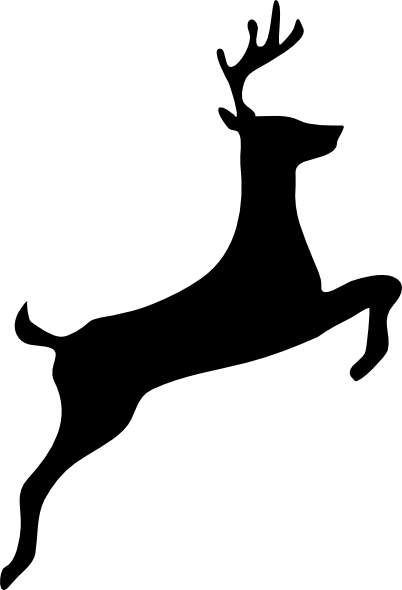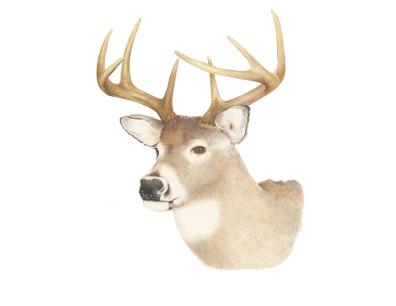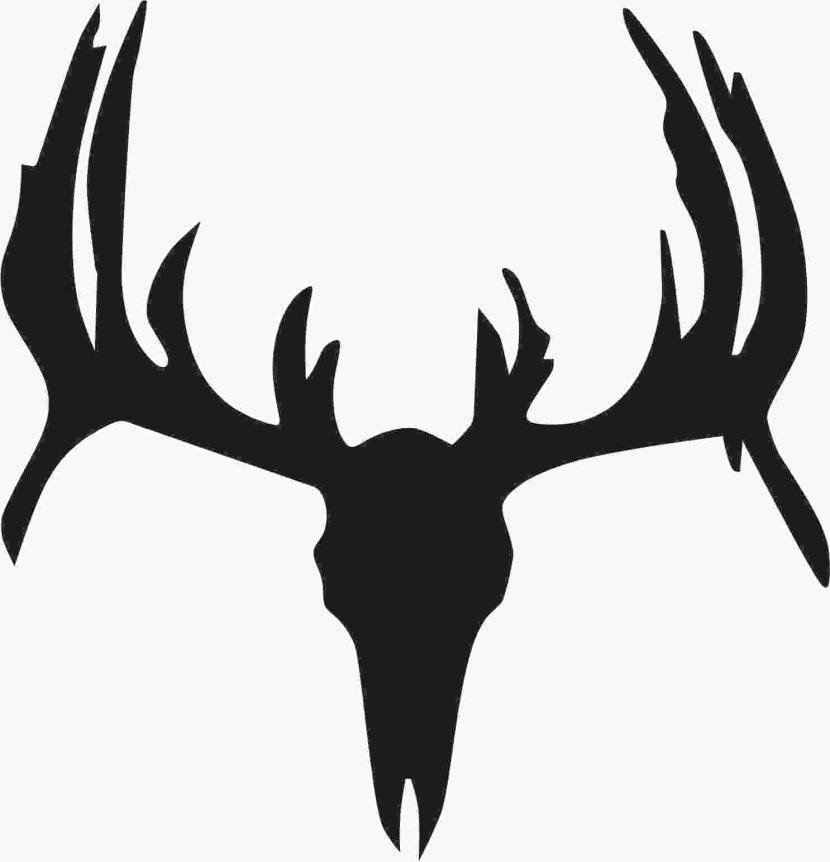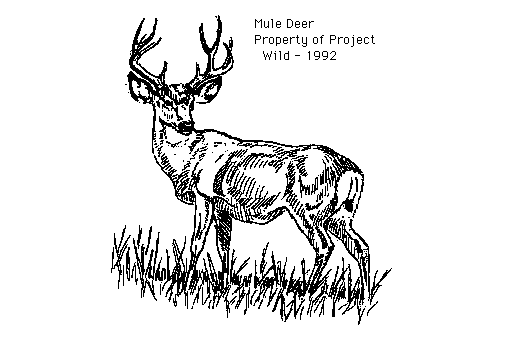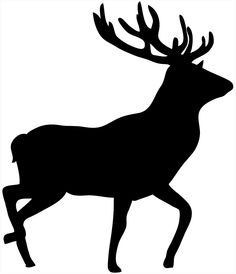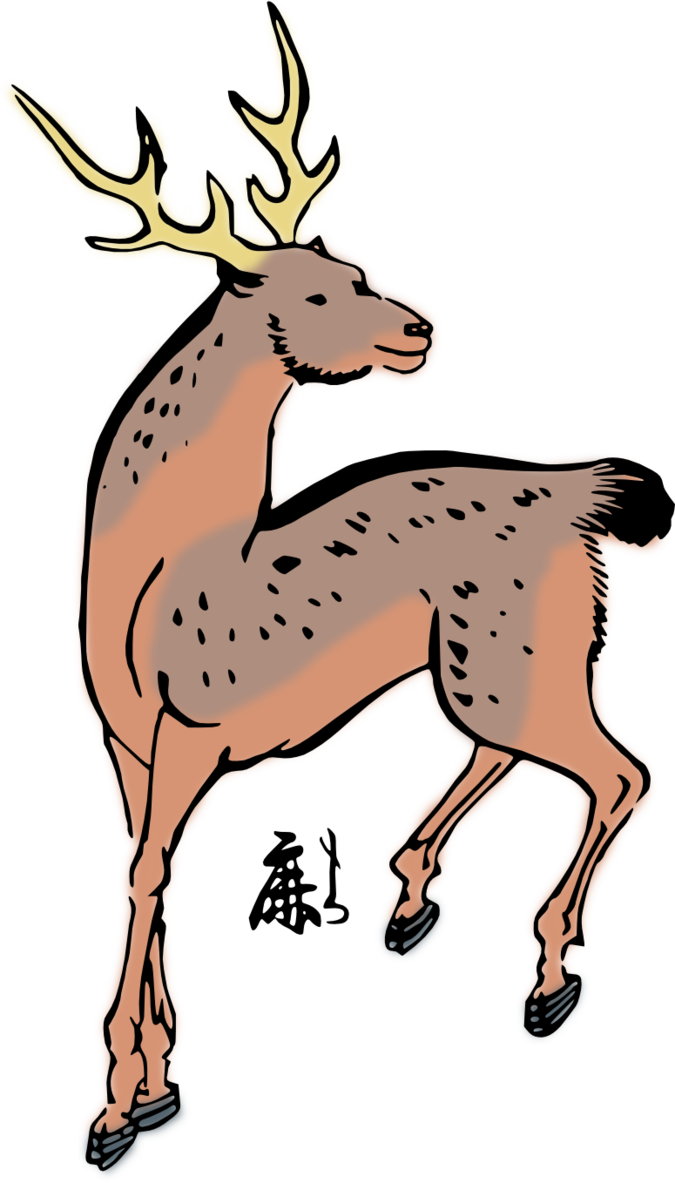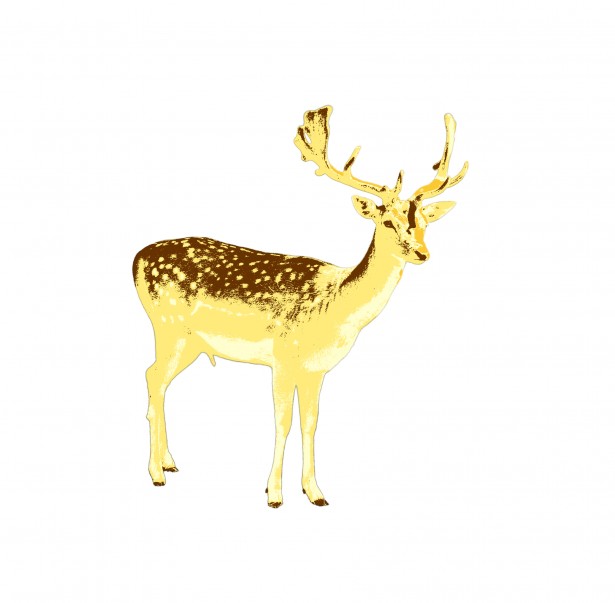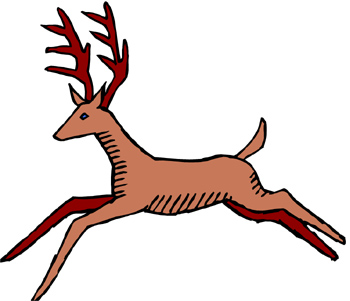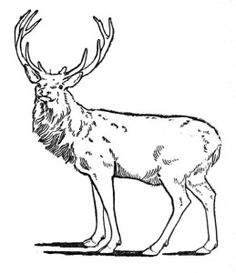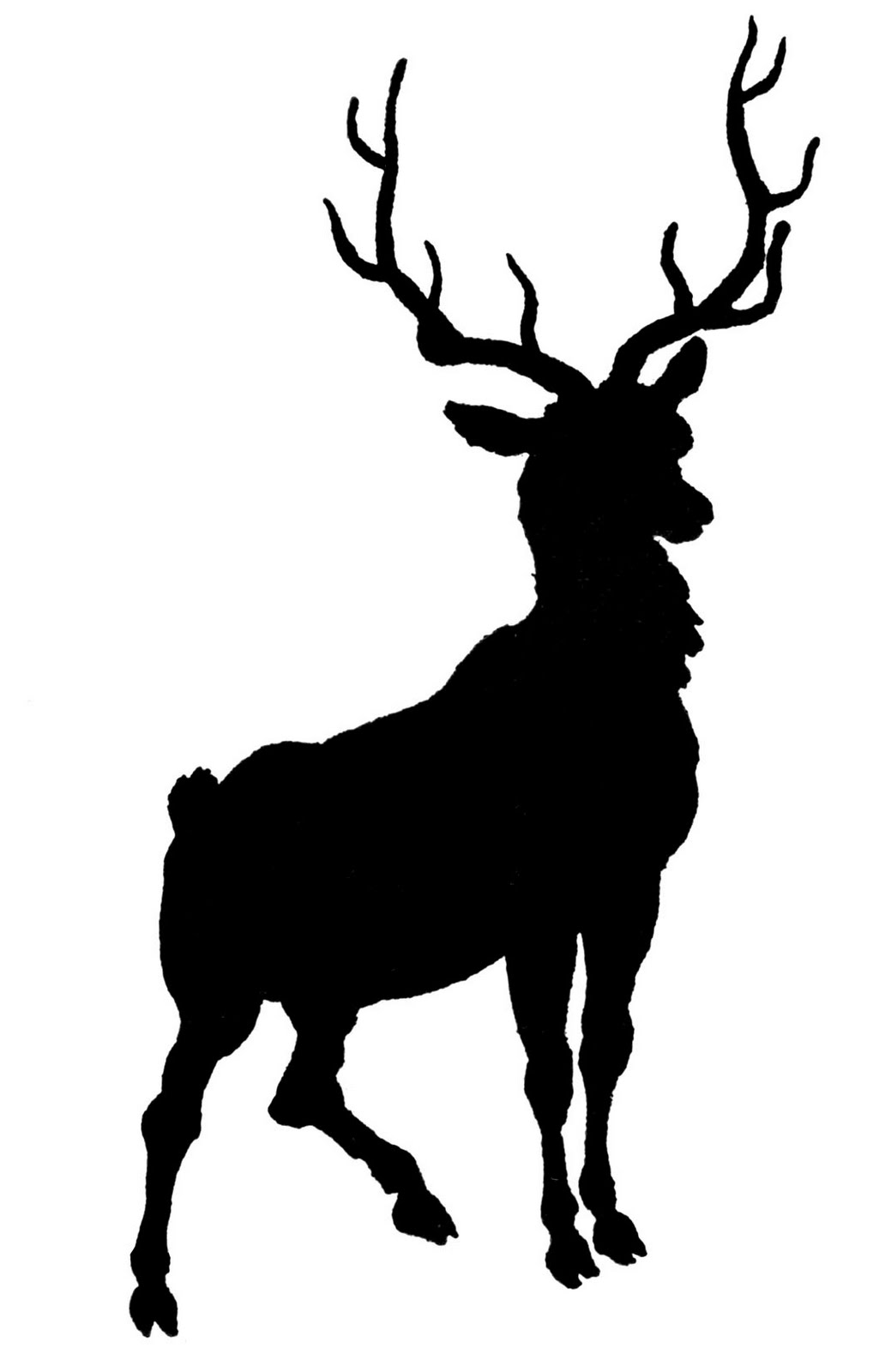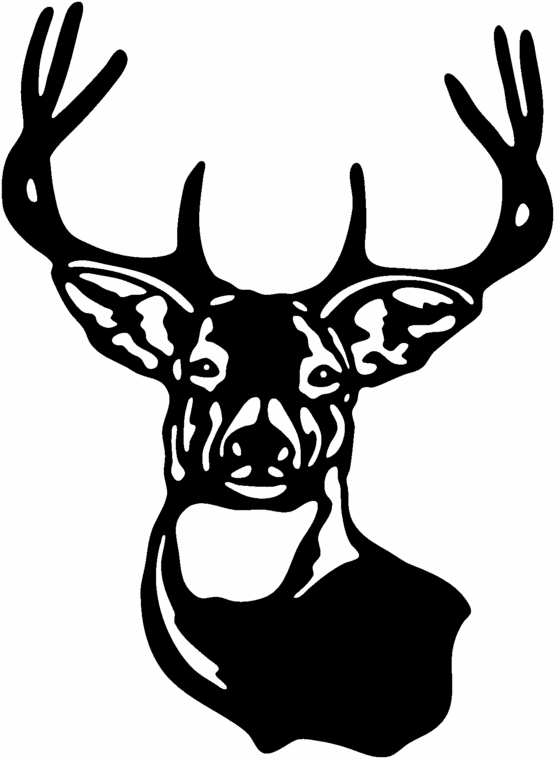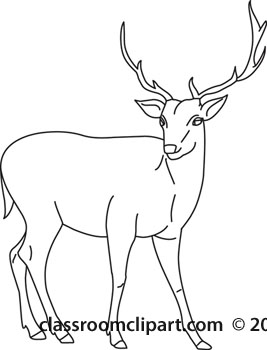Deer Clip Art
Deer constitute a family of hoofed ruminant mammals comprising of various species generally residing in forests and dense vegetation across the Northern Hemisphere. The most noticeable feature on male deer are the bony antlers protruding from their heads which grow and fall off through seasonal cycles. Females do not have antlers and are called does, while young ones are labelled fawns. Deer constitute important prey supporting wolf and big cat ecological populations while also serving as a popular big game hunting target over history, resulting in conservation management efforts focused on their vulnerability. Due to graceful movements, aesthetic beauty and connections to nature themes, deer also hold cultural significance across civilizations seen through art, heraldry, mythology and symbolism.
Common Deer Species
Several major deer species exist exhibiting diverse characteristics and resident environments:
White-tailed Deer – Most common in North America known for tails with white underside and impressive antlers. Often found woodlands and forests.
Elk (Wapiti) – One of the largest species at over 700lbs with huge sweeping antlers. Roam in open parklands gracing high mountain areas.
Mule Deer – Medium-sized deer with large mule-like ears and bifurcated antlers. Forage arid landscapes with scattered woods/shrubs more than forests.
Reindeer (Caribou) – Circumpolar deer adept to extreme cold climates like the Artic tundra. Both males and females can grow antlers. Migrate long stretches tracking food.
Roe Deer – Small delicate European deer living in thick forests noted for rapid movements and jumping ability even in dense brush at high speeds.
Deer demonstrate amazing adaptability surviving in many vegetation biomes thanks to keen senses alerting them to lurking predators constantly.
Deer Antlers and Horns
Antlers are bony appendages protruding from the heads of mostly male deer composed of tissue filled with blood vessels and nerves. They begin growth in spring covered in a soft skin membrane called velvet supplying nutrients/minerals stimulating fast accumulation of calcium/phosphorus bone material. By late summer, velvet sheds off exposing hardened antlers serving defensive and territorial establishment purposes in preparation for mating competitions during the rut. After breeding season ends in winter, testosterone levels drop stimulating shedding and the cycle begins again. Antlers also indicate health/age signatures unique per deer.
In contrast, horns like those adorning bighorn sheep are permanent, hollow sheaths made of bone-like keratin material covering bony core nasal ridge protrusions. They continue growth throughout life versus being shed. Female sheep/goats also grow horns while antlers are restricted to male deer.
Deer Seasonal Behaviors
Late spring marks birthing season with pregnant does isolating themselves briefly to give birth returning quickly to avoid drawing predator attention. Newborn spotted fawns rely on camouflage and lack of scent instincts to avoid detection while the mothers nurse them several times a day. Does aggressively use hooves/antlers to guard fawns if confronted. Through summer, fawns lose spots, start walking minutes after birth and begin eating foliage supplementing mother’s milk.
In fall, decreasing daylight and cooling temperatures trigger male deer’s testosterone production to spike in preparation for the ‘rut’ – intense mating competition. Males rub tree bark to deposit scent via forehead glands and thrash bushes with antlers to release threatening odors warning competitors. Actual combat happens by interlocking antlers shoving/twisting to prove dominance and prime breeding rights with local does going into estrous reproductive mode.
Harsh winter weather presents challenges like difficulty accessing food under thick snow requiring digging exhaustive craters for mouthfuls. Body heat conservation happens by restricting blood flow to extremities so core organs stay functioning. Deer migrate seeking spots with better browse if regions experience particularly heavy snowfall.
Deer Conservation
While deer boast healthy populations, focus resides on sustaining equilibrium. Major threats include:
Overhunting – Tracking yearly harvest rates ensures limited recreational hunting permits. Poaching also remains an unfortunate challenge.
Vehicle Collisions – An estimated 1-2 million deer killed by vehicles every year in North America. Wildlife crossings like tunnels/overpasses sought.
Predators – Wolf, bear and big cat predation important for preventing overpopulation while needing its own balance.
Habitat Loss – Deforestation and expanding land development squeezes deer carrying capacity requiring protection of key ecosystem tracts.
Climate Change – Milder winters with less snow projected making wintering grounds more vulnerable without insulation.
Chronic Wasting Disease – Contagious neurological disorder like mad cow with no cure. Monitoring infection rates key.
With cooperation between wildlife agencies, developers, hunters and conservation groups, deer thrive through adherence to science-based species planning.
Deer Symbolism & Significance
Deer hold deep cultural significance and symbolism across many civilizations due to graceful movements and physical traits. Some examples:
Native Americans – Deer revered as messengers between physical/spirit worlds for keen senses warning of dangers before seen. Symbol of unconditional love and healing remedies.
Ancient Greeks – Deer personified love goddess Aphrodite riding a deer for noble purity conveying affectionate intentions using acute hearing detecting hearts transparently communicating fondness or lies.
Celts – Stag hunt central in cultural tradition for prized mystic meat. Antlers adorned doorframes denoting esteemed lodging establishments.
Christianity – Deer imagery implied pious spiritual aspiration to follow Christ drawing life-sustaining water/bread
Heraldry – Stags frequent emblem denoting peacefulness yet readiness to confront aggressors with authority when required.
Magnificent antlers and peaceful yet powerful essence makes deer cultural touchstone.
Cartoon Deer Clip Art
Cartoon style deer clip art offers lighthearted graphics of smiling deer perfect for illustrating youth nature guides or reports. Some examples:
- Fawn learning to walk helped by mama deer’s steadying nose nudge
- Buck proudly displaying a huge set of stylized pointy antlers
- Doe daintily munching a flower
- Deer delicately walking on tiptoes through the forest
- Deer band in raccoon style masks for forest mischief
Anthropomorphic depictions can help make educational materials lively and fun for kids. Many options exist across major clip art online repositories.
Realistic Deer Clip Art
For more serious hunting/conservation deer graphics, detailed photographic clipart better conveys accurate information. Useful examples:
- Close-ups of regal buck heads showing refined musculature and antler geometry
- Full body moose shots demonstrating immense imposing size and presence amid brush
- Deer silhouettes outlining characteristic shapes
- Infographics on population sizes segmented by region
- Sequence stages of fawns growing through first year cycles
Life-like renderings in vectors/bitmaps allow incorporating strong visual aids into reports, websites, posters etc benefiting greatly from precise realism. Check licenses.
Deer Clip Art Uses
Deer graphics find many applications across projects where symbolic meaning or factual representations prove relevant:
- Native American heritage logo design needing spiritual animal iconography
- Storefront window painting celebrating annual return of beloved local deer friends
- High school sports team booster commemorative poster rallying the herd where precision guesswork and explosive speed define winning strategies
- Feature magazine spreads demonstrating hunting trophy triumphs during rutting season when photos can’t convey epic tales alone
- Children’s hospital material easing nervousness showing deer as guides through challenging recoveries
Choose clip art style and medium complementing endeavors insightfully.
Custom Deer Graphics
For deer illustrations tailored to unique needs, commissioning artists can bring special vision to life. Providing creative direction like:
- Intended emotional tone/composition framing
- Symbolic embellishments with personal meaning
- Precise anatomical detailing
- Backstory explaining motivational context
ensures personalized artwork resonating profoundly. Be open to creative liberties potentially elevating visions further.
So in closing, deer prove awe-inspiring creatures paralleling human themes of family bonds navigating daunting trials through community reliance. Their representations across folklore and graphic imagery replay meaningful life parables passed onward indelibly.
In this page clipartix present 78 deer clipart images free for designing activities. Lets download Deer Clip Art that you want to use for works or personal uses.
